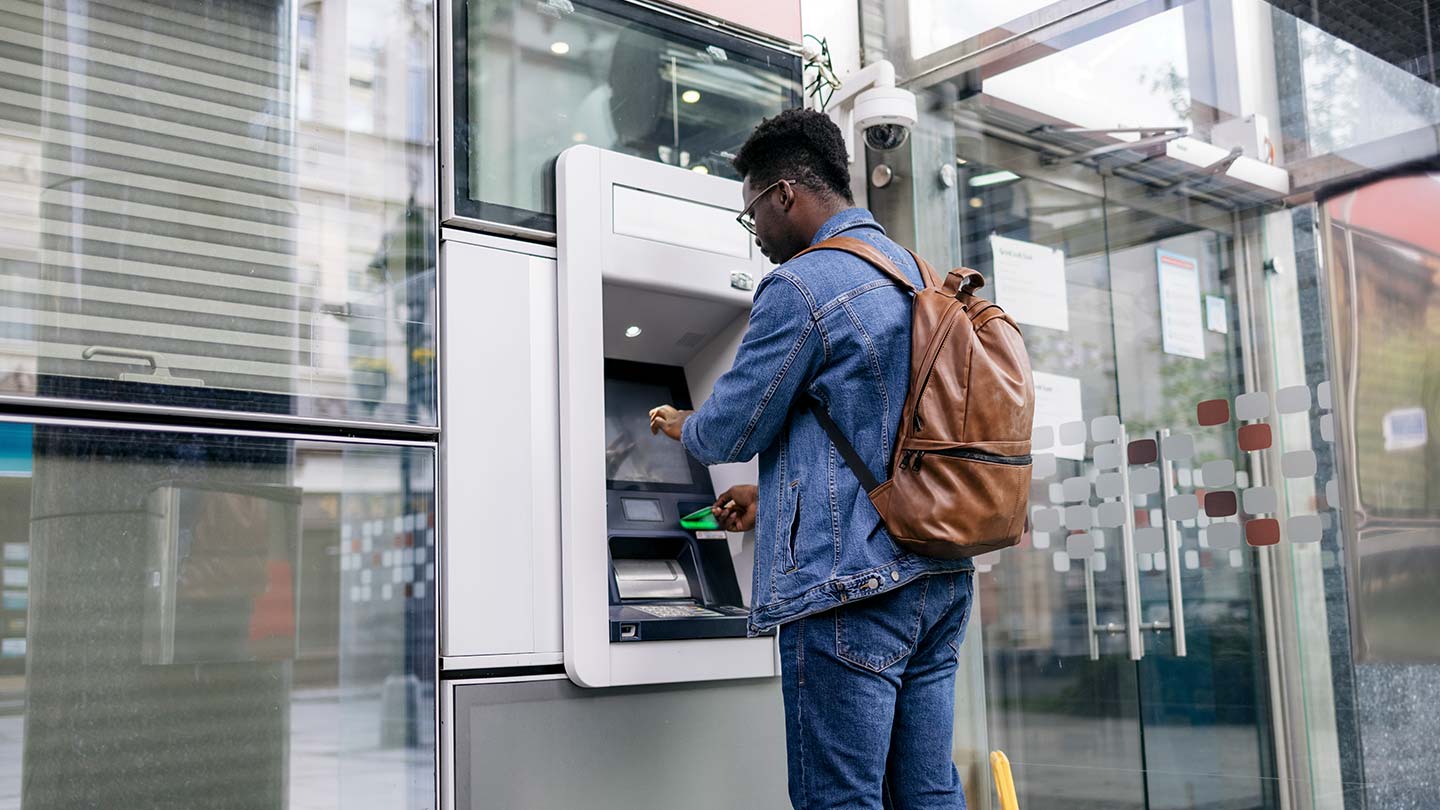Today, the JPMorgan Chase Institute released its first ever local commerce data with a consumer view, providing local leaders and small businesses a better understanding of online commerce, how it has grown, who has driven growth, and how it has impacted brick-and-mortar merchants.
The new data shows that, in 2017, the share of observed card spending through online channels was 39.2 percent and has steadily increased in recent years, while brick-and-mortar spending has lagged. Further, between April 2015 and March 2018, the Local Commerce (LC)-Consumer Index averaged four percent in year over year growth.
The report, Shopping Near and Far: Consumer Commerce in the Digital Age, leverages four billion credit and debit card transactions from nearly 7.7 million customers across the United States to provide an unprecedented view of the online economy.
“As online spending becomes an increasingly prominent part of our economy, it’s important for local leaders and small businesses to have a clearer understanding of its impact on local commerce,” said Diana Farrell, President and CEO, JPMorgan Chase Institute. “By measuring and studying many of these dynamics as they play out in the modern economy, we can leverage a rare combination of geographically localized data and high-frequency transactions, thus enabling a more informed policy discussion.”
By focusing on transactions made by residents of a metro area, the consumer view captures the evolving set of commercial options available to consumers. It can shed light on the extent to which consumers choose to make purchases from local or remote retailers, and the likelihood of these purchases being made online. It also shows how consumer spending by residents in these cities has changed over time.
In addition to a national view of the online economy, the report provides local data for the following metro areas: Atlanta, Chicago, Columbus, Dallas-Ft. Worth, Denver, Detroit, Houston, Miami, Los Angeles, New York, Phoenix, Portland (Ore.), San Diego, and San Francisco. By looking at actual, de-identified financial transactions, the LC- Consumer view offers a dynamic view of the financial health of the U.S. consumer and the vibrancy of the places where businesses operate.
The JPMorgan Chase Institute already produces a monthly Local Commerce Index (LCI) that provides a merchant view of local consumer spending, capturing transactions made at merchants located within the 14 LCI metro areas. In contrast, this report focuses on the consumer view of local spending, capturing transactions made by consumers that live within the 14 LCI metro areas.
The report’s key findings include:
- Online spending has increased steadily in recent years, while brick-and-mortar spending has lagged. From April 2015 to March 2018, online spending grew at an average monthly rate of 11.8 percent, while spending at brick-and-mortar merchants grew at just 0.2 percent on average. The growth in online spending as a share of local commerce has been steady and likely reflects the continued adoption of online products by new consumers, the increased availability of new products online, and the reduction in shipping costs to consumers. In April 2015, online spending accounted for 35.4 percent of overall local consumer spending but increased 5.6 percentage points to 41.1 percent by March 2018.
- The growth in online commerce has been driven by sales at non-local retailers. In April 2015, the share of local consumer spending that took place at non-local merchants was 45.5 percent and increased to 48.9 percent by March 2018. In fact, spending at non-local merchants has grown faster than spending at local merchants in every month between April 2015 and March 2018. This growth is consistent with the upward trend in online commerce, as this type of spend disproportionately takes place at non-local merchants.
- There is variation in the types of goods and services that consumers purchase online versus in brick-and-mortar stores. For example, food and grocery purchases dominate all offline transactions, whereas the top three spending categories for non-local online purchases are telecommunications (e.g. cell phone payments), financial/insurance services (e.g. car insurance, health insurance payments), and air transport/services (e.g. airline tickets).
- The share of consumer spending that takes place outside of the consumer’s own metro area is increasing in every metro area we track, but growth varies notably across cities. The largest increase in non-local spending occurred in Dallas-Ft. Worth, with growth contributions increasing from 2.7 percentage points to 4.2 percentage points between 2016 and 2017. Chicago and Phoenix on the other hand both exhibited declining contributions from non-local spending. While there are common themes in the challenges and opportunities from online retail, each metro area has unique characteristics that impact local spending as well.
- While all ages and incomes participate in online spending growth, high income consumers between the ages of 35 and 54 are the dominant contributors to that growth. In 2017, this group spent 25.7 percent of all online dollars. The next largest share of spend, 13.8 percent of the total, came from high income consumers between 55 and 64.
In addition to the aggregate trends highlighted above, the LC-Consumer view enables business owners to understand where online shoppers are more likely to reside and enables them to better identify the cities in which shoppers are more likely to spend outside their metro areas, potentially helping small businesses identify customer bases outside their local markets. For example, since 2016, Miami, Dallas, Atlanta, Denver and Los Angeles have seen the greatest increase in spending from non-local consumers.
Click here to read the complete report and view the data.
The JPMorgan Chase Institute is a think tank dedicated to delivering data-rich analyses and expert insights for the public good. Its aim is to help decision makers–policymakers, businesses, and nonprofit leaders–appreciate the scale, granularity, diversity, and interconnectedness of the global economic system and use timely data and thoughtful analysis to make more informed decisions that advance prosperity for all. Drawing on JPMorgan Chase & Co.’s unique proprietary data, expertise, and market access, the Institute develops analyses and insights on the inner workings of the global economy, frames critical problems, and convenes stakeholders and leading thinkers. For more information visit: JPMorganChaseInstitute.com.



